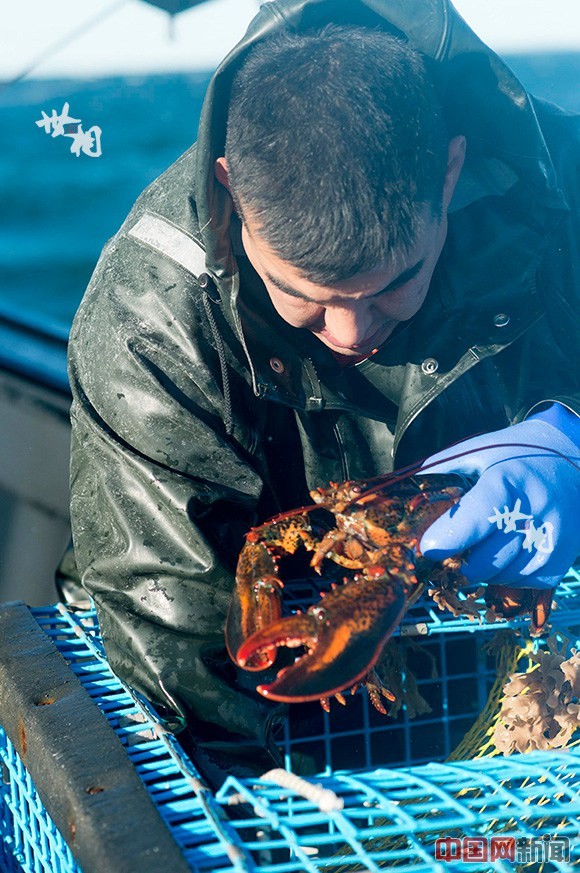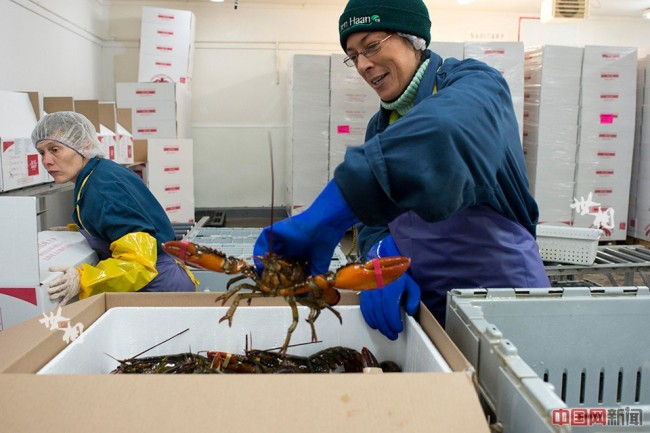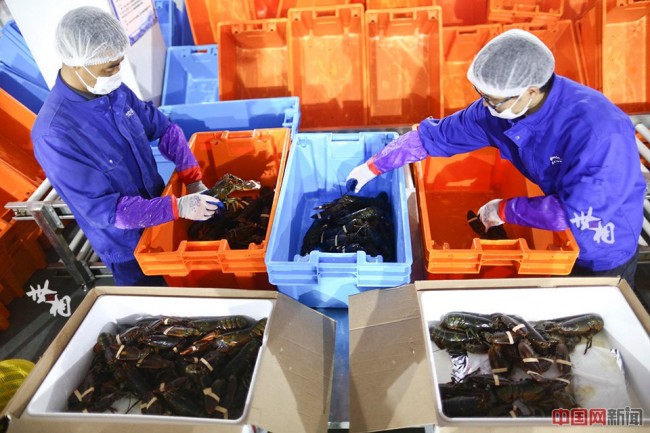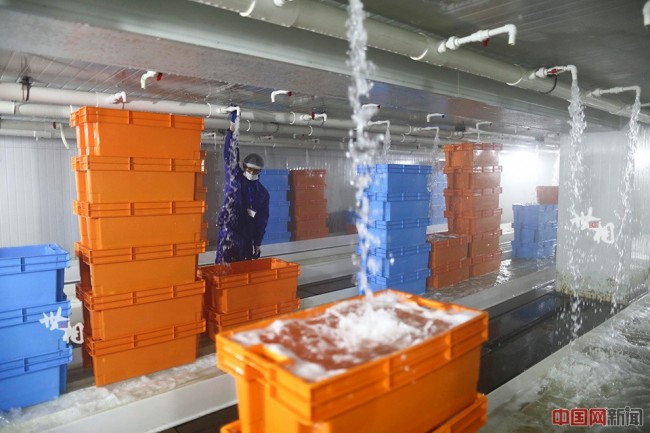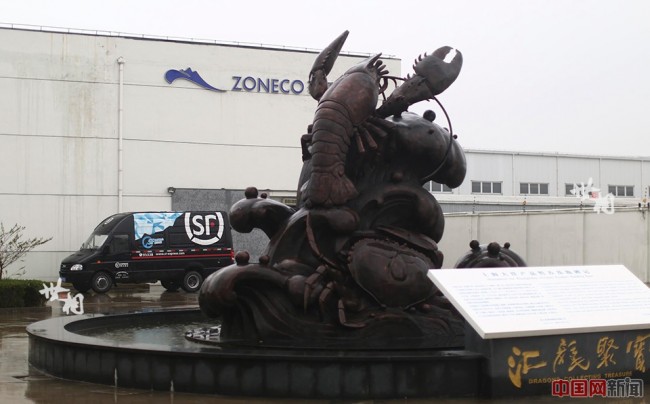HOME >
PHOTO >
Wonder of E-commerce: Imported Lobster Travels 36 Hours from a Click to a Plate
Wonder of E-commerce: Imported Lobster Travels 36 Hours from a Click to a Plate
Jed Santos | Nov 15, 2015 11:02 PM EST
Ms. Lu orders a Canadian lobster online in Taicang, Jiangsu, Nov. 7, 2015. Fishing boats set off from Digby, Canada’s Nova Scotia. The lobster fishing season lasts from November to May next year. Boatmen put the box full of bait down to the ocean. Captain Chester Richard checks the lobsters captured. Seven hours after being captured, the lobsters are transferred to Dartmouth, Nova Scotia, for weighing and packaging. Then they will take the 12-hour flight to Shanghai, China. Lobsters arrive at Shanghai Pudong Airport at 4 a.m. on Nov. 8, 2015. They will be transferred to a storage pond 15-minute-drive away. At 5 a.m. on Nov. 8, the lobsters are categorized. Alive ones were put in orange baskets, while the “low-spirited” were held in blue baskets. It was 22 hours after they were captured. Categorized lobsters rest in ponds with similar seawater and same water temperature. Workers begin to sort the lobsters again at 8 a.m. on Nov. 8, 25 hours after the lobsters were captured. At 8:30 am, the categorized lobsters are packaged according to orders. At 10 a.m., 27 hours after they were captured, the lobsters are shipped to their destinations. At 4 p.m. on Nov. 8, 33 hours after the lobsters were captured, the one Ms. Lu ordered arrives. Kids are amazed to see such a big lobster. Grandmother prepares to cook the lobster at 5 p.m. on Nov. 8. The lobster is served. 41 percent of Chinese Internet users believe that the world is getting better, four times the global average of 10 percent.
With the development of cross-border e-commerce and logistics, more Chinese consumers are able to enjoy overseas seafood without going abroad. On Nov. 11, 2014, over 100,000 Chinese consumers tasted overseas seafood through online shopping for the first time. In 2015, more than 100,000 types of overseas fresh food, including fruits, seafood, meat and poultry from over 70 countries and regions worldwide, are on sale on a Chinese e-commerce platforms.
Credit: People's Daily
Copyright 2021 Yibada News | en.yibada.com All rights reserved. Do not reproduce without permission.



